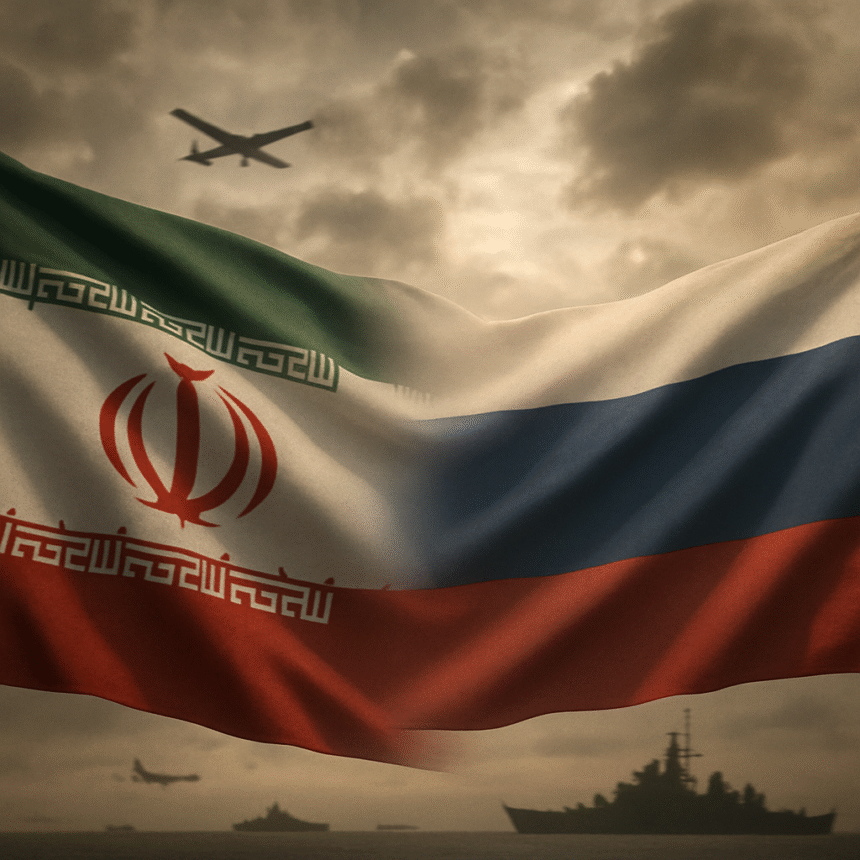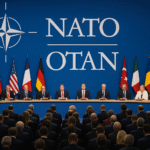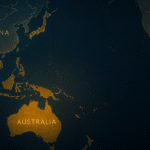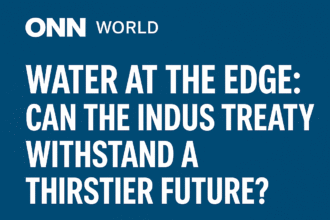Military-Industrial Synergy: From Drones to Defense Shields
When Iranian Shahed drones began appearing in Ukraine’s skies in 2022, it was seen as a desperate move by Moscow. By 2025, it has become a military-industrial ecosystem.
According to Western intelligence estimates and reports from regional defense analysts, Iran has now delivered over 2,400 UAVs to Russia, including newer variants equipped with improved evasion capabilities and night targeting. In return, Russia has upgraded Iran’s air defense infrastructure, particularly around its nuclear and strategic military sites, and transferred advanced electronic warfare kits.
A U.S. Defense Department source told ONN World under anonymity:
“This isn’t just barter anymore. It’s co-development. Russia is quietly helping Iran build the backbone of a 21st-century deterrent.”
The two are now reportedly working on shared drone jamming and AI-based surveillance systems, with test zones inside Syria and the Caspian region.
Syria: A Sandbox for Strategic Collaboration
The Syrian battlefield remains the most tangible expression of the Iran–Russia partnership. While Russia controls airspace and major strategic facilities like Khmeimim Air Base and Tartus Naval Base, Iran commands a sprawling network of militias and ground logistics stretching from Damascus to Deir ez-Zor.
In essence, Russia rules from above, while Iran governs from below.
This division of labor has led to stability for Assad but also expanded the strategic depth of both partners. Israeli officials have quietly expressed concern over what one IDF officer called “the Russian tolerance of Iranian build-up,” even as Israel continues its precision strikes against IRGC-linked sites in Syria.
“Syria today is the blueprint of the Iran–Russia playbook,” says Karim Sadjadpour, senior fellow at the Carnegie Endowment. “Divide the influence vertically—air and ground—and control a client state without fully owning it.”
Bypassing Sanctions: A New Underground Economy
As Western sanctions tighten, Iran and Russia have constructed parallel economic pipelines. Barter systems, crypto-trade, and joint shipping ventures allow both to mitigate dollar dependency.
Russia has backed Iran’s push to expand the North–South Transport Corridor, connecting Indian Ocean trade through Iran to Russia via the Caspian. Meanwhile, Chabahar Port, once courted by India, is now drawing quiet Russian logistical interest. According to satellite tracking firm OrbMaritime, at least five Russian-linked cargo ships docked at Chabahar in the last 60 days.
Gas cooperation is also expanding. In April 2025, Gazprom and Iran’s NIOC signed a new exploratory deal in the Caspian Sea—an area long contested for maritime boundaries but increasingly seen as a shared energy buffer.
A Strategic Axis, Not a Formal Pact
What makes the Iran–Russia relationship potent is precisely its informal nature. This isn’t a NATO-style alliance. There are no treaties, no mutual defense clauses—only mutual interest.
Both countries benefit from keeping the West stretched and distracted. Iran tests red lines in the Gulf, Lebanon, and Yemen. Russia keeps NATO occupied in Eastern Europe and now builds covert influence in Africa. Together, they form a dual-front challenge to Western hegemony.
This is the axis of asymmetric influence—not about overwhelming power, but about grinding persistence and exploiting strategic vacuums.
Western Complacency and the Cost of Distraction
In Washington and Brussels, the Tehran–Moscow alignment is acknowledged but not prioritized. With U.S. attention on China and internal politics, and Europe struggling with electoral turbulence, this alliance continues to consolidate in the blind spots.
“There’s a dangerous underestimation here,” says Lina Khatib, Director of the SOAS Middle East Institute. “This isn’t an opportunistic friendship—it’s the scaffolding of a multipolar Middle East.”
Conclusion: The Map Is Shifting in Silence
While headlines fixate on Gaza, Ukraine, or Taiwan, the Tehran–Moscow equation is building an architecture of influence stretching from the Mediterranean to Central Asia.
In its quiet persistence lies its power.
As the U.S. recalibrates and Europe hesitates, the region may awaken one day to find the map has already changed—without a single invasion, but through drones, ports, and diplomacy conducted in the shadows.










